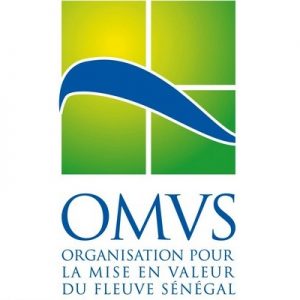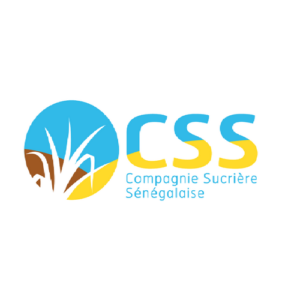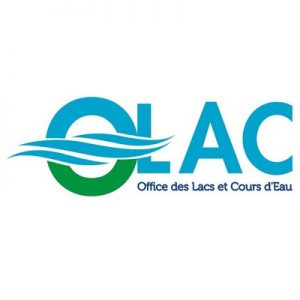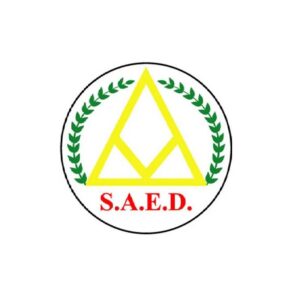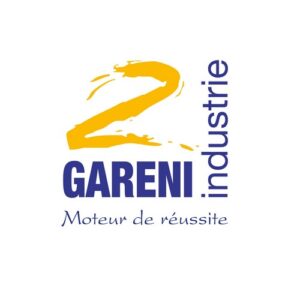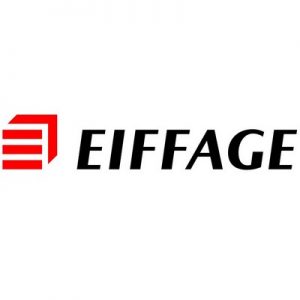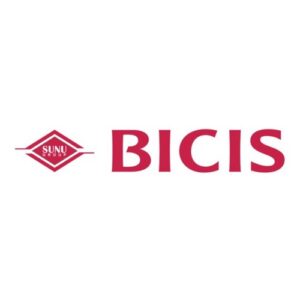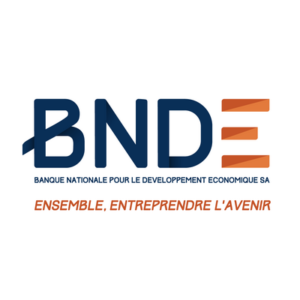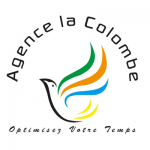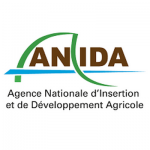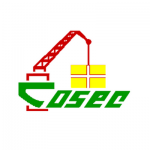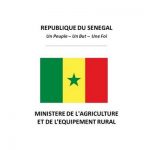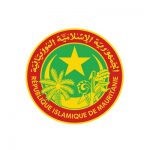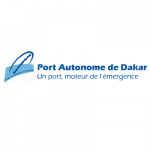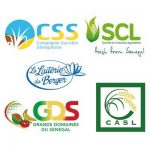Senegal’s future lies largely in its agricultural potential. Water is essential and its rationalization is an important issue, hence the choice of the location of this show, “the Diama Dam”.
Expectations around gas and oil are high, but like fishing, these are dwindling resources. This is why we have chosen to highlight Agriculture, through this international fair.
In Senegal, more than 50% of the population belongs to the rural world and almost as many live only from agriculture and breeding. The valley is more than 60,000 hectares of irrigated land that has been developed on more than 240,000 hectares available. Nearby we have the enormous potential of Mauritania which has prepared +/- 40,000 hectares of land out of 137,000 cultivable hectares.
The north is now a production reserved for local distribution (rice, onion, sugar cane, okra, bissap, peanuts, bananas, turnips, sweet potatoes, yams, tomatoes, cabbage, carrots, potatoes) and industrial production (sugar, tomato paste, animal feed, sugary drinks, fruit juice, rice husking, oil mill…).
Groundnuts, millet, mango and cotton, cowpeas and fruits mostly come from central and southern Senegal.
It is also an increasingly important and varied production (squash, green bean, cherry tomato, melon, Spanish melon, radish, pepper, basil, bitter eggplant, pepper, mango, corn, ethanol) and several other products. export oriented. The differences can however return to the local market.
Riz = Rice / Blé = Wheat / Céréales secondaires = Coarse grains / Sorgho = Sorghum / Maïs = Corn / Riz décortiqué = Husked rice
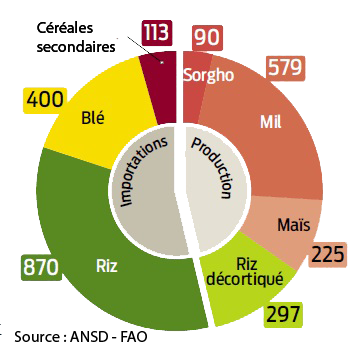
Average food consumption of a Senegalese in 2011 | |
| Products | kg/year |
| Cereals | 163 |
| Tubers | 18,4 |
| Meat | 16,6 |
| Fish | 24,7 |
| Vegetables | 60,1 |
| Fruits | 25,3 |
| Dairy products | 24,3 |
| Sugar | 16,1 |
| Vegetal oils | 17,9 |
| Total | 366,4 |

